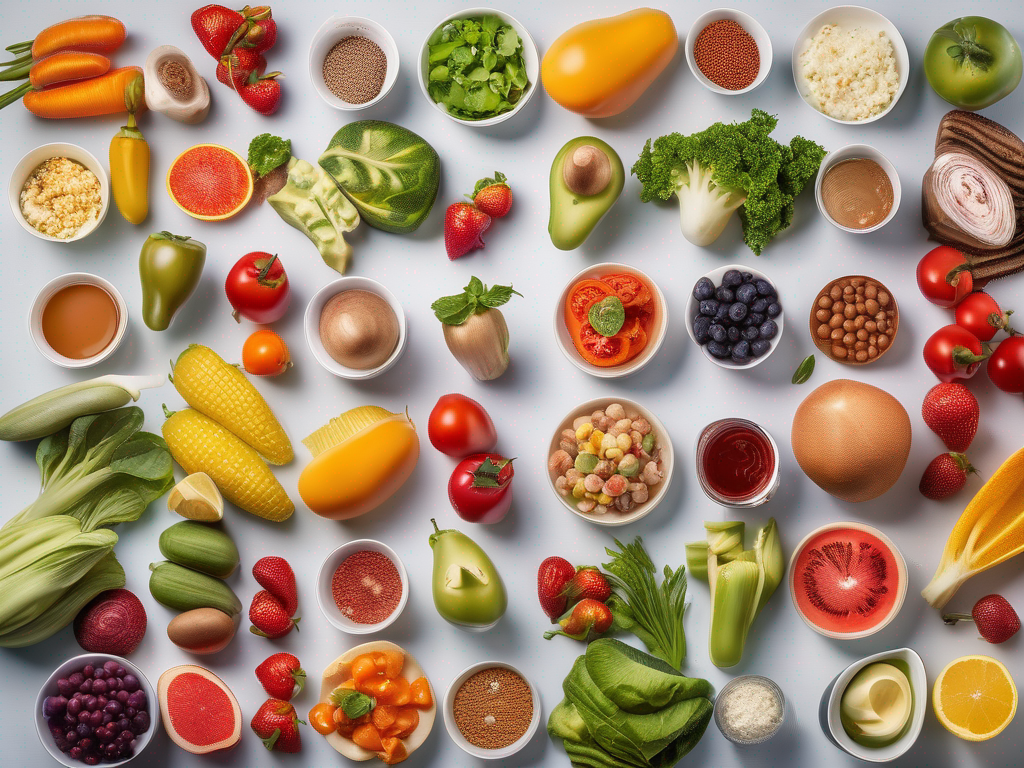
The Importance of Food Safety and Storage
The Importance of Food Safety and Storage
In the world of food preparation, storage, and consumption, one of the most critical aspects to consider is food safety. Whether you are a seasoned chef, a home cook, or someone who simply enjoys eating, understanding the principles of food safety is paramount to keeping yourself and others healthy. In this blog post, we will delve into the importance of food safety and storage, providing you with practical tips and information to ensure that your meals are not only delicious but also safe to eat.
Food Storage Essentials
Products that help you store and preserve your food better
Disclosure: As an Amazon Associate, we earn from qualifying purchases. This helps support our site and allows us to continue providing free food safety information.
Why Food Safety Matters
Preventing Foodborne Illnesses
- According to the Centers for Disease Control and Prevention (CDC), foodborne illnesses affect millions of people each year.
- Proper food safety practices can help prevent the spread of harmful bacteria, viruses, and parasites that can cause foodborne illnesses.
Protecting Vulnerable Populations
- Children, the elderly, pregnant women, and individuals with compromised immune systems are more susceptible to foodborne illnesses.
- By following food safety guidelines, you can protect these vulnerable populations from getting sick.
Maintaining Food Quality
- Proper food storage techniques can help maintain the flavor, texture, and nutritional value of your food.
- Storing food correctly can also help reduce food waste by preventing spoilage.
Food Safety Tips for Storage
Recommended Food Storage Products
Keep your food fresh and organized with these storage solutions
Disclosure: As an Amazon Associate, we earn from qualifying purchases. This helps support our site and allows us to continue providing free food safety information.
Refrigeration
- Keep your refrigerator temperature at or below 40°F (4°C) to slow the growth of bacteria.
- Store raw meat, poultry, and seafood on the bottom shelf to prevent juices from dripping onto other foods.
- Use a refrigerator thermometer to ensure that your fridge is maintaining a safe temperature.
Freezing
- Freeze foods in airtight containers or freezer bags to prevent freezer burn.
- Label and date frozen items to ensure they are used within a safe timeframe.
- Thaw frozen foods in the refrigerator or microwave, never on the countertop.
Pantry Storage
- Store canned goods in a cool, dry place away from direct sunlight.
- Check expiration dates on packaged foods and discard any items that are past their prime.
- Keep grains, flour, and other dry goods in airtight containers to prevent pests and moisture damage.
Food Safety Practices in the Kitchen
Handwashing
- Wash your hands with soap and water before and after handling food.
- Use hand sanitizer if soap and water are not available.
- Avoid touching your face, hair, or other surfaces while cooking.
Cross-Contamination Prevention
- Use separate cutting boards for raw meat, poultry, seafood, and produce.
- Wash cutting boards, knives, and countertops with hot, soapy water after each use.
- Avoid using the same utensils for raw and cooked foods to prevent cross-contamination.
Cooking Temperatures
- Use a food thermometer to ensure that meat, poultry, and seafood are cooked to the proper internal temperature.
- Ground beef should be cooked to 160°F (71°C), poultry to 165°F (74°C), and fish to 145°F (63°C).
- Reheat leftovers to 165°F (74°C) to kill any harmful bacteria.
Conclusion
Food safety and storage are essential components of a healthy and enjoyable dining experience. By following best practices for storing, preparing, and handling food, you can reduce the risk of foodborne illnesses, protect vulnerable populations, and maintain the quality of your meals. Remember to always wash your hands, store food at the correct temperatures, and cook foods to the proper internal temperatures to ensure that your meals are safe and delicious. Stay informed, stay safe, and enjoy your food with peace of mind.
Food Storage Essentials We Love
Products that help you store and preserve your food better
Disclosure: As an Amazon Associate, we earn from qualifying purchases. This helps support our site and allows us to continue providing free food safety information.
Scan your food directly and get instant safety info using our AI-powered camera feature.




